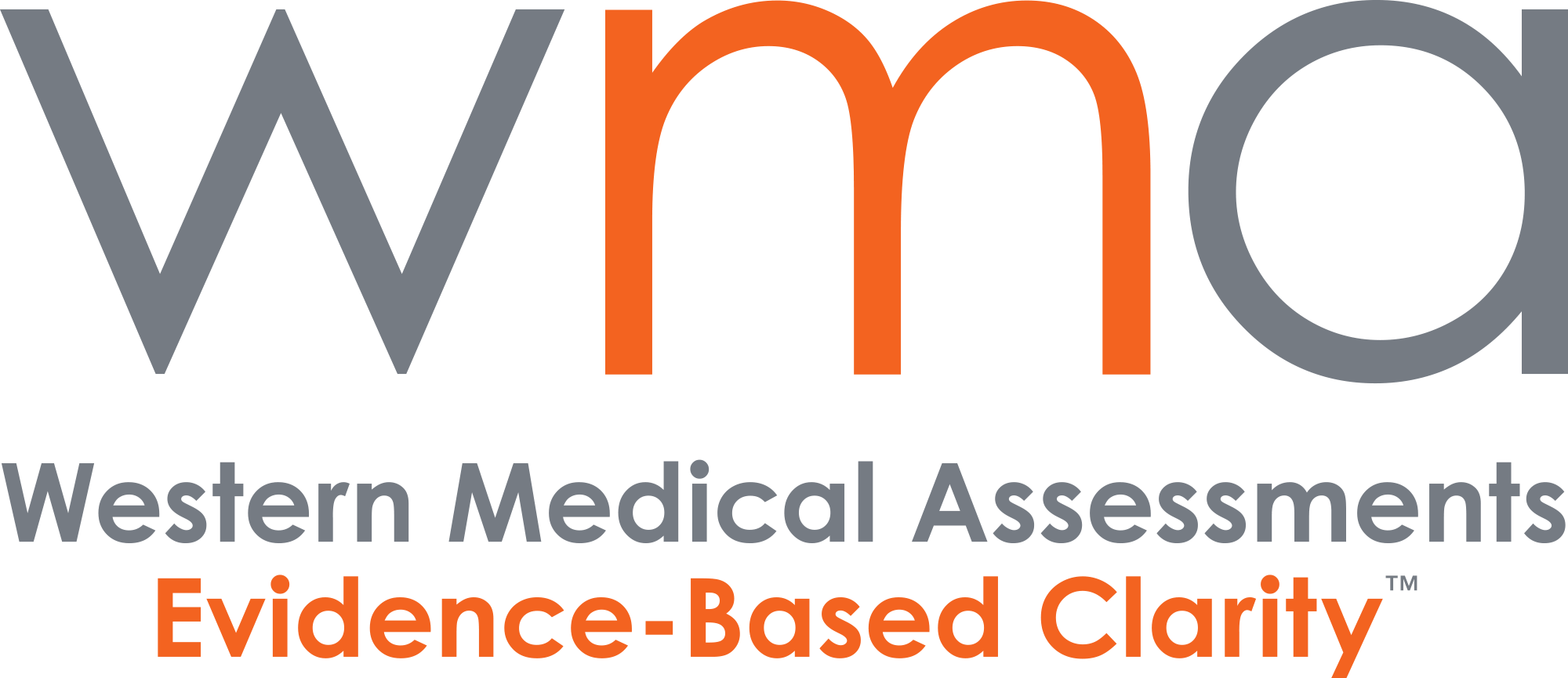May 1, 2025 from HRD Canada

Canadian employer-sponsored drug plans continued to see gradual spending increases in 2024, according to new findings from TELUS Health. The report highlights a mix of stable claim volumes, rising high-cost medication use, and shifting prescription trends across key therapeutic areas.
The number of plan members who made at least one claim rose slightly to 60.5%—up from 58.7% the previous year. On average, these claimants submitted 12.1 claims, mirroring 2023’s average. However, the eligible amount per claim grew by 2.4%, bringing the per-claim average to $85.52. This pushed the average annual cost per claimant to $1,037.95, up from $1,005.03 the year before—and nearly 56% higher than figures recorded in 2015.
“We forecast an annual growth rate of between 3% and 8% for the next five years, due to a combination of increased utilisation and more high-cost drugs,”
said Vicky Lee, Director of Pharmacy Consulting & Professional Services at TELUS Health.
Leading Drug Categories and Shifting Demand
Diabetes medications continued to dominate in terms of ingredient cost, with semaglutide (branded as Ozempic) representing 6.6% of total eligible drug spending. However, total spending in the diabetes category fell 7.3% as some patients transitioned from off-label use of Ozempic to Wegovy—a newer drug specifically approved for weight loss.
Drugs for inflammatory conditions, such as infliximab, made up 8.9% of total eligible costs, followed closely by medications for skin disorders at 8.7%. These two categories saw increased reliance on biologic and specialty therapies like Dupixent, which contributed to higher overall spending.
Weight-loss drugs were the fastest-growing therapeutic class. Claimant numbers jumped nearly 60% in 2024, and spending more than doubled. Within just eight months of its launch, Wegovy captured 31.1% of this category’s claimants, while Saxenda remained the most prescribed with 44%.
Migraine treatment costs also rose significantly—by 25.4%—driven by newer CGRP inhibitors like Qulipta. The average cost per claimant in this category reached over $600, and the drug class moved up to 19th place in total spending.
Specialty Drugs and Biosimilar Trends
Specialty drugs—defined as medications costing more than $10,000 annually—accounted for nearly one-third (32.8%) of private plan spending. Trikafta, a cystic fibrosis drug with an estimated cost of $300,000 per patient, topped the list of ultra-high-cost medications.
Biosimilar uptake continued to improve, with 56.9% of biologic drug claimants now using biosimilar alternatives. This is a significant jump from the previous year’s adoption rate of 44.6%. Biosimilars for pegfilgrastim and rituximab surpassed a 95% uptake rate.
“Private drug plans are well utilized and highly valued by plan members,” noted TELUS Health in its 2025 Drug Data Trends & National Benchmarks report.
“Yet specialty drugs now account for almost one-third of the dollar amount of claims.”
Policy Developments and Affordability Concerns
The report emphasizes the growing complexity of balancing plan value for members with affordability for sponsors. Generics and biosimilars continue to ease some of the pressure, but the increasing use of ultra-high-cost drugs—particularly for rare conditions—presents long-term cost challenges.
In late 2024, Canada’s Pharmacare Act came into effect, guaranteeing national access to contraception and diabetes medications. Health Minister Mark Holland described it as a transformational step toward improving health outcomes and promoting equity in care.
As new therapies continue to enter the market, plan sponsors may need to adjust policies to ensure sustainable coverage while meeting evolving health demands.
Considering an IME or document review to resolve an insurance claim, legal file, or workplace health and safety issue?
Our specialists provide evidence-based opinions, so get in touch with Western Medical today to learn more about our services.

